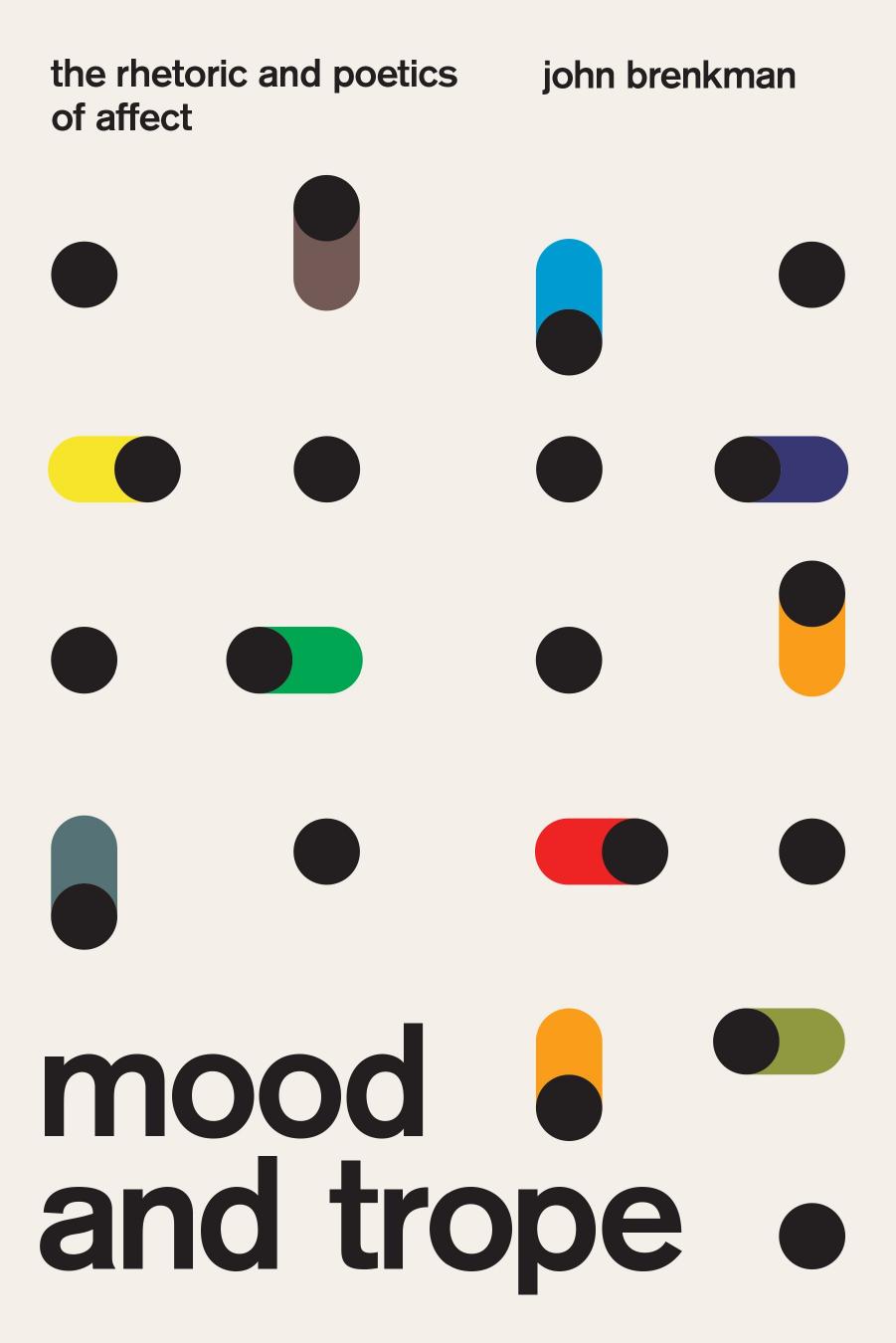Mood and Trope: The Rhetoric and Poetics of Affect by John Brenkman

Author:John Brenkman [Brenkman, John]
Language: eng
Format: epub, pdf
Tags: General, philosophy, European, LIT000000 Literary Criticism / General, Literary Criticism, Aesthetics
ISBN: 9780226673127
Google: pNgTxwEACAAJ
Publisher: University of Chicago Press
Published: 2020-01-28T00:27:23.526564+00:00
Aesthetic âRegimesâ and Artistic âParadigmsâ
The vocation of criticism as its possibility and lineaments are opened by Kantâs analytic of the beautiful eventuates in a plurality of practices, methods, political inclinations and affiliations, literary and aesthetic values, discursive styles, venues, and audiences. Such a plurality, which I have just evoked in referring to an array of twentieth- and twenty-first-century critics, easily appears at odds with the universalism of Kantian judgmentâunless, as I have argued, the appeal to universal agreement is recognized in its performative and discourse-pragmatic essence. As Arendt puts it, âJudgment is endowed with a certain specific validity but is never universally valid. Its claims to validity can never extend further than the others in whose place the judging person has put himself for his considerations.â35 So, too, the radical implications have to be drawn out of Kantâs notion that aesthetic judgment in its encounter with the artwork does not apply a rule to an example but must derive the rule from the example, which is to say that aesthetic receptivityâwhatever the shape and extent of oneâs cultivated and educated tasteâencounters in the artwork an unprecedented event. Kant thus intuited, quite beyond the taste community of eighteenth-century polite culture that conditioned his thinking about art, what would soon emerge as the driving imperative of modern artistic and literary creation. That imperative is too limitedly understood as Make it new! or associated exclusively with early twentieth-century avant-gardes, for it is already explicit in Wordsworthâs recognition that the poems he and Coleridge published in Lyrical Ballads had to create the taste by which to be appreciated. As regards the novel, the necessity of innovation typically associated with modernism already animates nineteenth-century realism as it responds to unforeseen and unforeseeable social change.36
In light of the unprecedentedness of artworks and the performativity of the appeal to the agreement of everyone, the sensus communis isâas Kant also intuitedânot merely an already shared background of taste, educated sensibility, literacy, and competence, but also and more emphatically the urge and striving to enrich and extend commonality. Hence its vitality and its fragility. Whether viewed from the standpoint of the judging individual or the structure of the public realm, universalism is not a given. Rather, the ordeal of universalism takes shape as the striving to put oneself in the place of others in face of the social unevenness of learning and literacy as well as the contours and niches of the public sphere.
Kantâs relevance to nearly two and a half centuries of aesthetic thinking and experiences of art is framed by Jacques Rancière as demarcating the era of the âaesthetic regime of the arts,â distinguished from two earlier âregimes.â The âethical regime of imagesâ is articulated in Platoâs division of technÄ as âways of doing and makingâ into the âtrue arts, that is to say forms of knowledge based on the imitation of a model with precise ends, and artistic simulacra that imitate simple appearances.â The âpoeticâor representativeâregimeâ is first articulated by Aristotle and, according to Rancière, âidentifies the substance of .
Download
Mood and Trope: The Rhetoric and Poetics of Affect by John Brenkman.pdf
This site does not store any files on its server. We only index and link to content provided by other sites. Please contact the content providers to delete copyright contents if any and email us, we'll remove relevant links or contents immediately.
Never by Ken Follett(2877)
Fairy Tale by Stephen King(2061)
Will by Will Smith(2039)
Reminders of Him: A Novel by Colleen Hoover(1876)
Cloud Cuckoo Land by Anthony Doerr(1430)
The Becoming by Nora Roberts(1326)
Friends, Lovers, and the Big Terrible Thing by Matthew Perry(1326)
A Short History of War by Jeremy Black(1297)
The Strength In Our Scars by Bianca Sparacino(1239)
Go Tell the Bees That I Am Gone by Diana Gabaldon(1233)
Cytonic by Brandon Sanderson(1219)
515945210 by Unknown(1206)
443319537 by Unknown(1071)
Wish You Were Here by Jodi Picoult(1055)
Works by Richard Wright(1017)
The Last Graduate by Naomi Novik(1014)
Going There by Katie Couric(991)
The 1619 Project by Unknown(987)
472244821 by Unknown(983)
